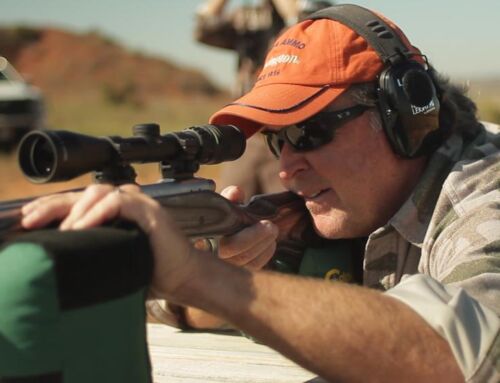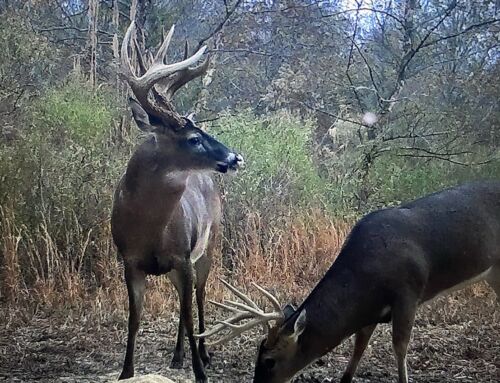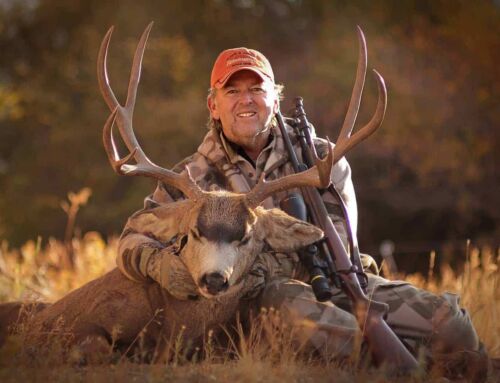 This is a true story, I swear.
This is a true story, I swear.
One morning in Virginia, I shot a 10-pointer with my muzzleloader and got on the trail. I could smell his rankness in the air and in the blood as I tracked, and when I found him I covered my nose with my sleeve and thought, Whoa, you stink. The deer’s hocks were dripping and black as motor oil. I rolled the buck over, held my breath and started gutting.
Leaves popped. I peeked up and saw another 10-pointer bearing down on me, head and rack held low, hair bristling on his neck. I crouched lower behind the dead deer. A rut-crazed buck is unpredictable, and I figured staying put rather than trying to wave him off was my best bet.
The intruder sidled to within 15 yards, tilting his head sideways and giving me the evil eye. When my deer didn’t pose a threat, he whirled and trotted off.
It was a freaky and sort of scary experience, and it taught me something: Tarsal is the dominant smell in the deer woods, especially in late October and November.
Biologists and students at the University of Georgia conducted research on the glands of a whitetail’s body, and what role those glands play in deer communication. They found that the tarsal glands, which are found on the inside of the hind legs of both bucks and does, are indeed strong smelling, but do not become more active in the rut, as biologists had long surmised. Rather, the glands become darker and ranker because bucks rub-urinate on them more often in the rut, and they don’t lick the urine off the hocks like they do at other times of year.
The researchers’ investigations showed that the wet, dark hair tufts act as wicks for myriad bacteria. These bacteria, along with gland secretions and urine, cause the hocks to emit a buck’s powerful individual odor that advertises his dominance, and perhaps his breeding status, to other bucks and does.
Many of the researchers are also hunters, and they surmised that by setting tarsal smell near your hunting stand you float a challenge to other mature and aggressive bucks that might be working the area. If a big deer thinks a stinky interloper is invading his turf, he may march over for a look. Which I surmise is precisely what happened when that rutting buck rolled in on me and my dead deer that morning in Virginia.
I set a wick or two juiced with a heavy dose of tarsal/buck urine near my tree stand when I’m hunting from around October 25 through November 6. The “hard” pre-rut is best time to try it, when bucks are aggressive and on the prowl, but before most of the does are receptive.
Bear in mind that strong tarsal musk can and will scare off young bucks on occasion. But if you’re hunting for a big old deer, as most of you are, try it.







Just read the same story on realtree ! LMFAO